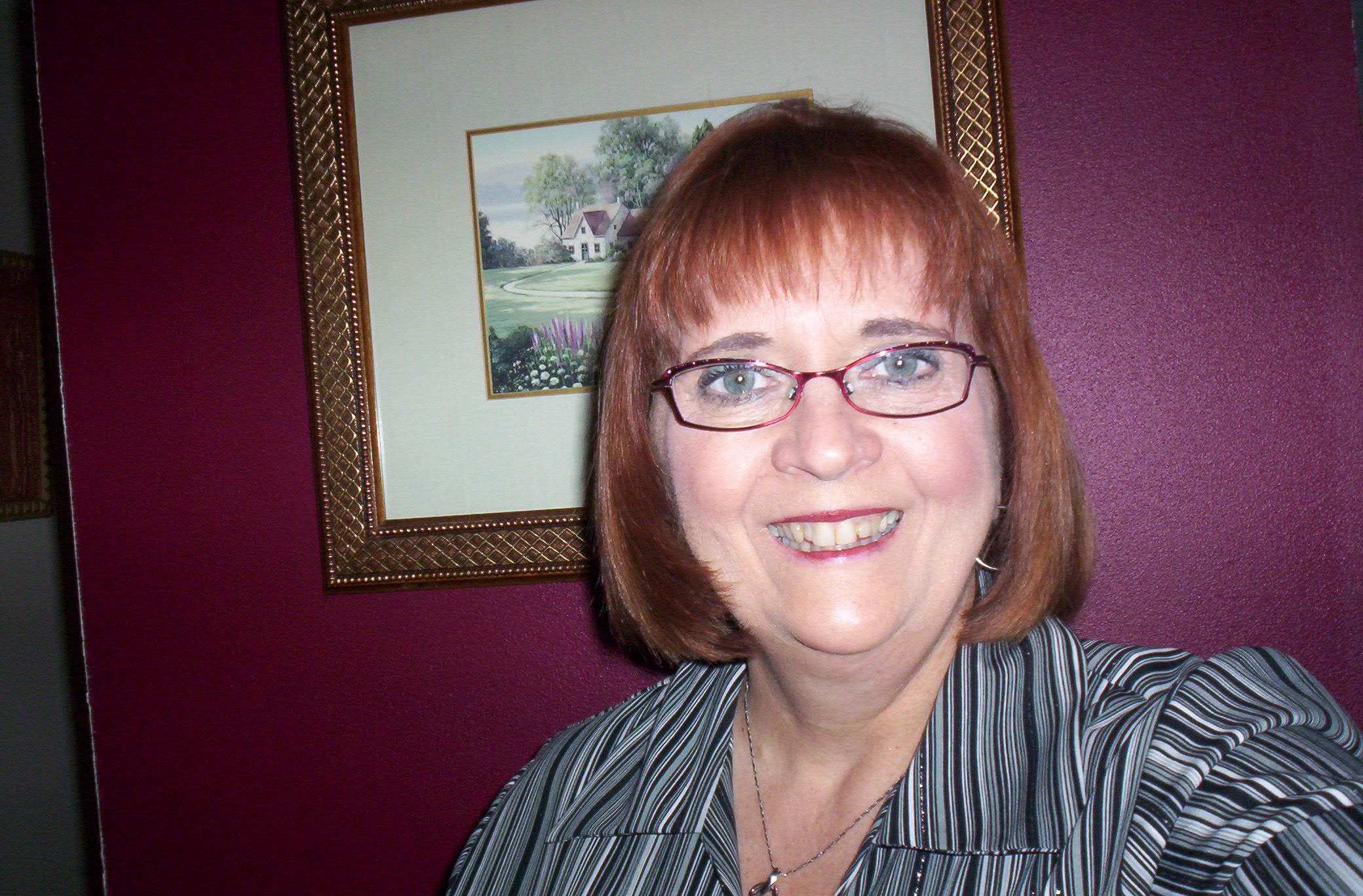
Throughout human history, education has been shaped by the needs of a society in which it was set. Literacy which meant the ability to be able to sign one's name or do simple calculations has come a long way from the handwritten notes to the manual/electric typewriters, and now, within a very short period of time, computers, hi-pods, i-pads, cell phones, blackberries, wikis, blogs, nings, twitters, bings, podcasting, google apps and google docs, webinars, and much more to come.
Today's students are able to connect and create in ways that were impossible a couple of years ago as learning tools, telecommunication, media and network techologies are rapidly expanding into powerful support systems. Technologies also change the ways in which learning takes place. Wireless laptops create opportunities for collaboration and innovation in and among schools as students can now bring these with them to different locations.
Learning does not stop at school. For the 21st Century students, learning has become an on-going process of critical thinking, problem solving, creativity, innovation, communication and collaboration. Today's youth are digital users. Students can easily edit entries for Wikipedia, create their own video games, write blogs and instant message one another.
There are many changes the 21st Century is bringing into our lives. Our tools and technologies have the potential either to connect or divide us. The 21st Century teacher must consider that technology needs to connect students with the information that will engage them throughout the entire Ontario curriculum. It is important that we have an effective pedagogical approach such as project-base learning, cooperative learning but also, we must to advance, engage ourself in professional development courses, workshop and/or seminars and become members of professional learning communities (nings...) to advance in the learning process.
Present Courses Taught:
My name is Hélène Wyskup. I teach at the Intermediate Level at Lester B. Pearson High School in Ottawa, Ontario, Canada. For the school year September 2010–June 2011, I am teaching two Grade 7 Core French classes, two Grade 7 French Immersion classes in Religion, Science and Geography/History.
Applying Information Technology Tools to Teaching:
Lesson plans for all the present courses taught are now available for the students and the parents to view. This information guides the students as to due dates, tests, and the teaching topics. See site: sites.google.com/a/ocsb.ca/classe-de-mme-wyskup/
My students have already shared their ideas through wikis and blogs that I created for the Science and History Grade 7 courses. The parents also have been implicated in this new technology. Exchanging thoughts will improve the students' literacy skills. They have recently completed a Geography Assignment using Comic Life to build their stamp in, word processing (WP) to write their text, Google Earth to locate the latitude and longitude of their assigned area in Canada, internet resources to find additional information such as to the climate, topography, demographic data on the population, primary industries and other relevant information.
Other softwares will also be included (Scratch, Write-Out Loud, Smart Ideas, Clicker 5, Bitstrips, Movie Maker and Adobe Photoshop Element 7 with music. In addition, they will, as viewers and collaborators, be able to share their ideas on the topics of discussion given by the teacher during wikis, blogs and postings on bboard (OCSB software). With the help of these new i.t. tools for the 21st Century technology, my students will achieve higher levels of critical literacy which will lead them to higher levels of thinking and academic success.